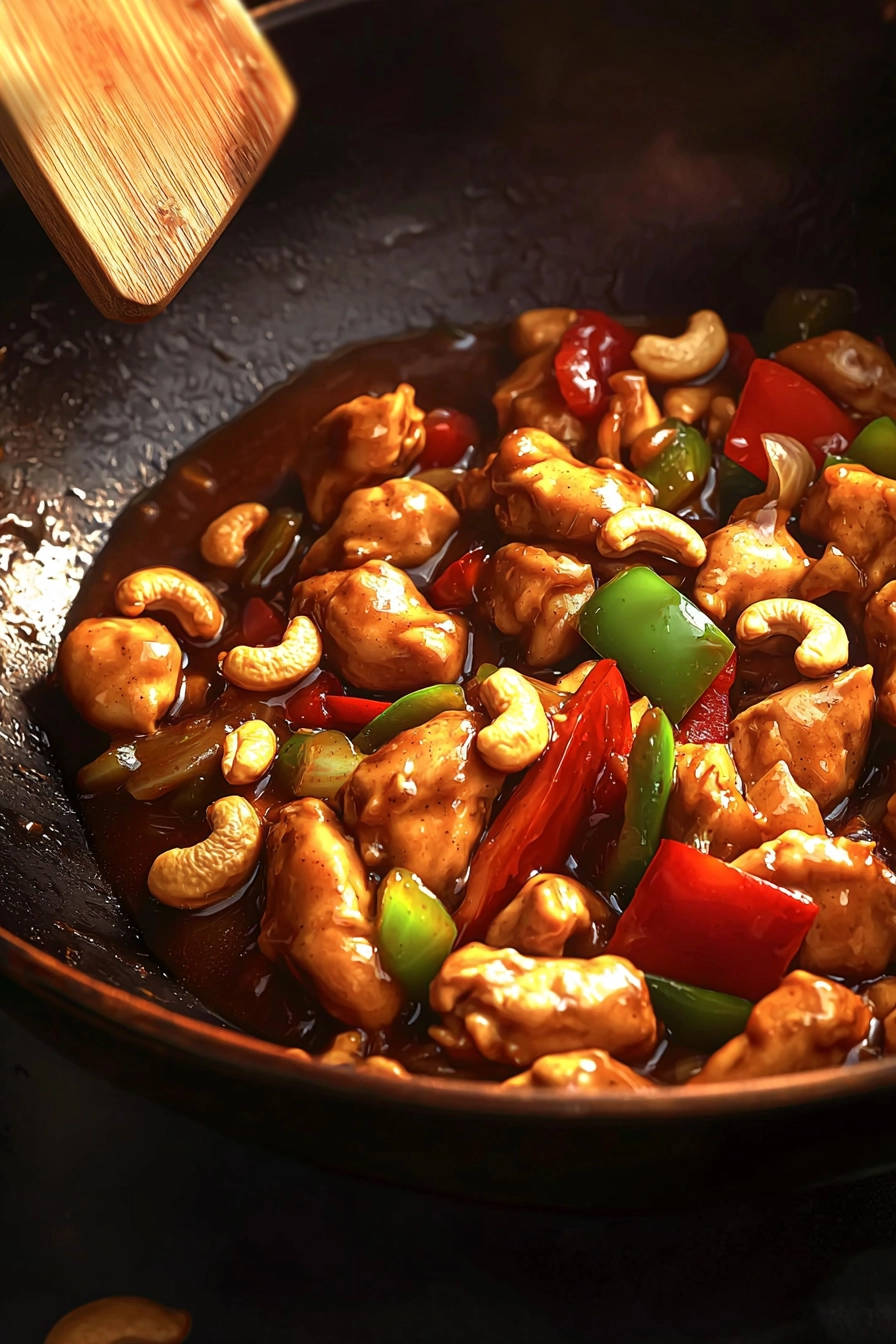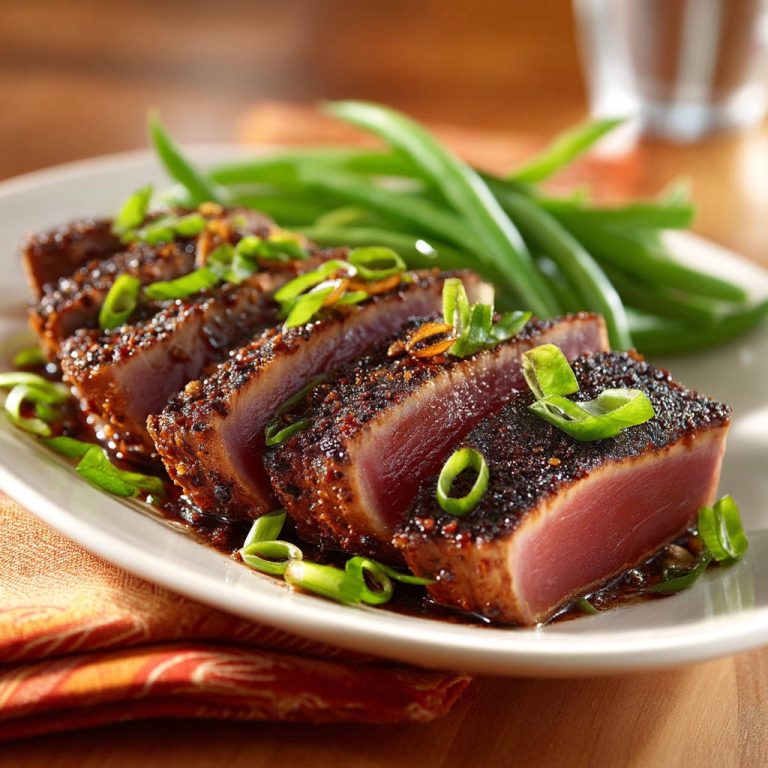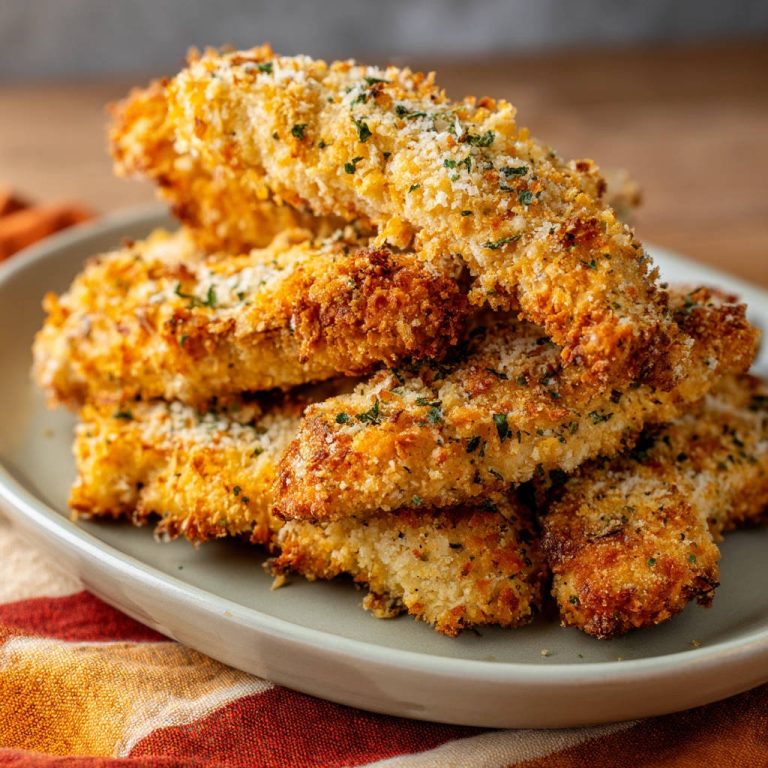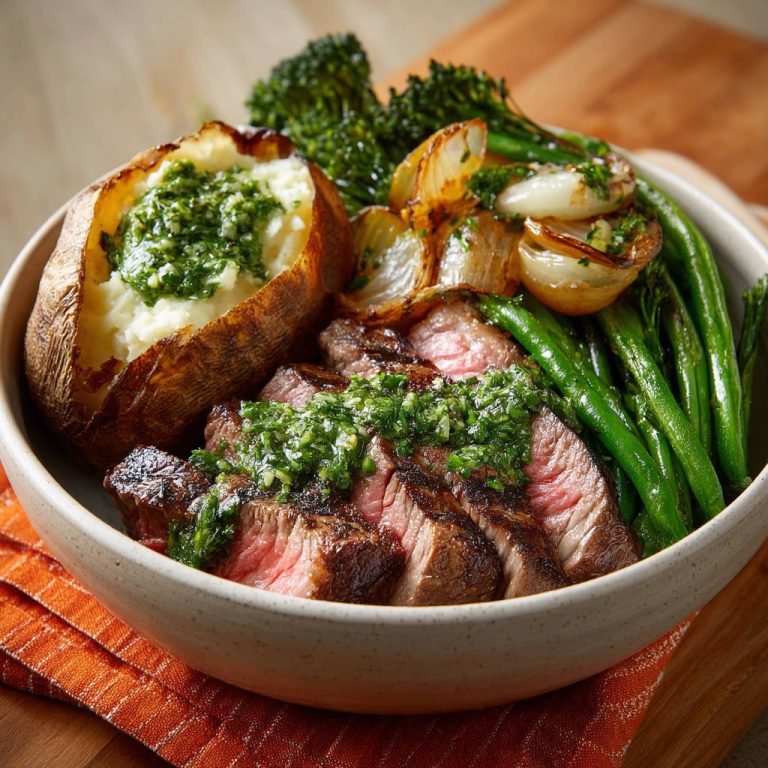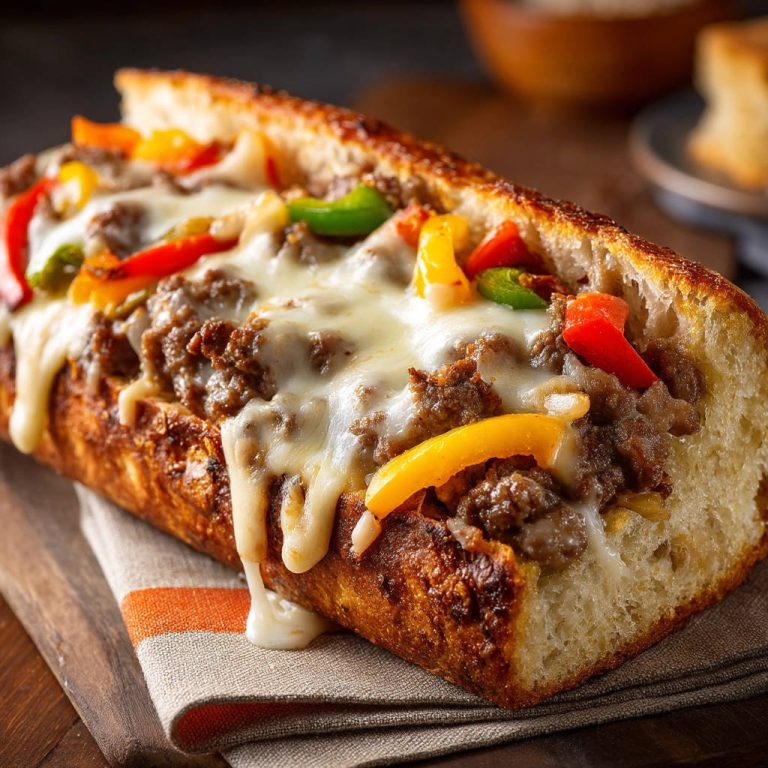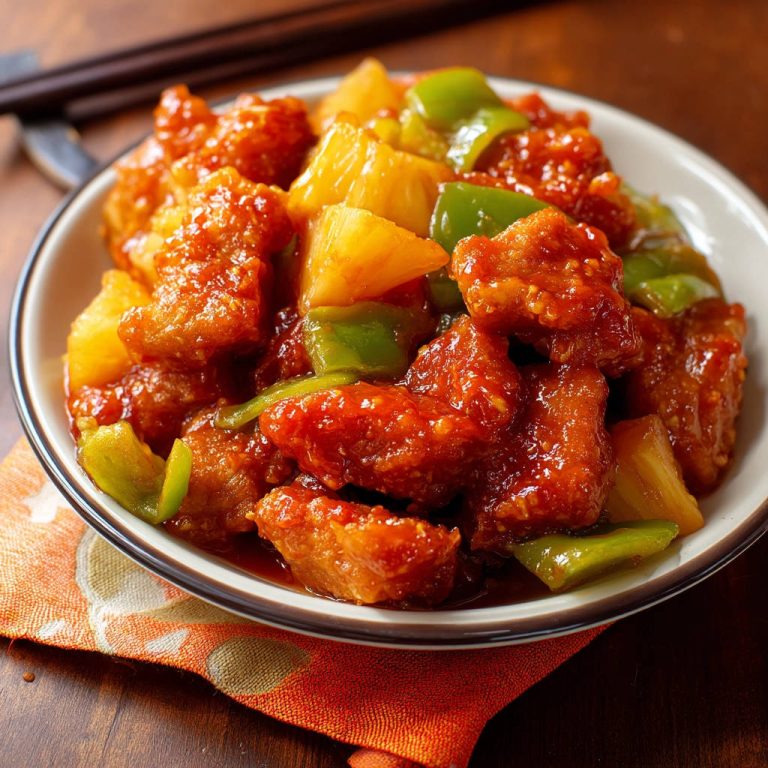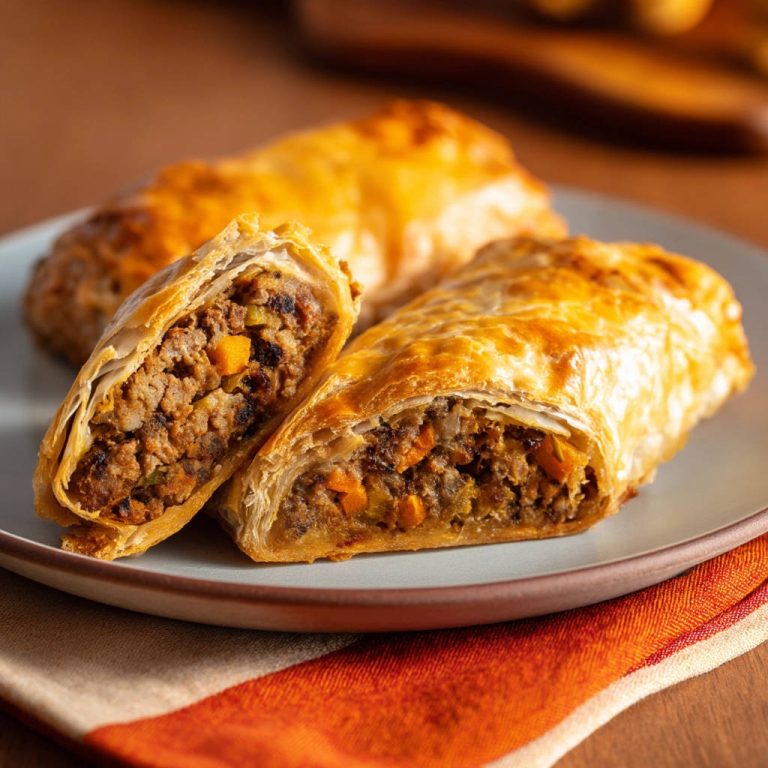Craving a flavorful and satisfying meal that’s ready in minutes? Look no further than this incredibly delicious cashew chicken recipe! One bite of this dish will transport you to a world of savory goodness, with tender chicken, crisp vegetables, and crunchy cashews, all coated in an irresistible umami-rich sauce. What makes this recipe truly special is the umami boosting sauce, a blend of familiar ingredients that create an explosion of flavor that will have your taste buds singing. This dish is perfect for busy weeknights, potlucks, or any occasion where you want a quick and easy meal that doesn’t compromise on taste.
I remember the first time I tasted something similar; it was a dish my grandmother used to make, though hers had a slightly different twist. This version captures that same comforting essence but with a modern, streamlined approach. Whether you’re a seasoned cook or just starting out, you’ll find this recipe easy to follow and incredibly rewarding. Are you ready to unlock the secrets to this amazing dish?
Ingredients for the Best Cashew Chicken
Here’s what you’ll need to create this flavorful cashew chicken dish. Let’s break down each ingredient and why it’s crucial to the final outcome:
- 1.5 lbs boneless, skinless chicken breasts, cut into 1-inch pieces: The foundation of our dish! Chicken provides the protein and a blank canvas for all those amazing flavors. Cut into uniform pieces for even cooking.
- 1/4 cup cornstarch: This is our secret weapon for tender chicken. Coating the chicken in cornstarch before cooking creates a light, crispy crust.
- 2 tablespoons soy sauce (low sodium): Soy sauce adds a salty, umami depth. Using low sodium helps control the overall saltiness of the dish.
- 1 tablespoon sesame oil: A touch of sesame oil infuses the chicken with a nutty, aromatic flavor.
- 1 tablespoon vegetable oil: Used for cooking the chicken and vegetables, providing a neutral base.
- 1 red bell pepper, cut into 1-inch pieces: Adds sweetness, color, and a satisfying crunch.
- 1 green bell pepper, cut into 1-inch pieces: Complements the red bell pepper with a slightly more bitter, grassy flavor.
- 1 medium onion, cut into 1-inch pieces: Contributes a savory base note to the dish.
- 1 cup roasted cashews: The star of the show! Roasted cashews provide a delightful crunch and nutty flavor that perfectly complements the chicken and sauce.
- 1/2 cup chicken broth: The base of our umami boosting sauce, adding moisture and savory depth.
- 1/4 cup brown sugar: A touch of sweetness to balance the savory elements of the sauce.
- 2 tablespoons rice vinegar: Adds a tangy, slightly acidic note that brightens the overall flavor profile.
- 1 tablespoon hoisin sauce: A thick, sweet, and savory sauce that contributes a complex umami flavor.
- 1 teaspoon ground ginger: Provides a warm, slightly spicy aroma and flavor.
- 1/2 teaspoon garlic powder: Adds a subtle garlic flavor.
- 1/4 teaspoon red pepper flakes (optional): For a touch of heat! Adjust to your preference.
- 2 tablespoons water: Used to create the cornstarch slurry.
- 1 tablespoon cornstarch (for slurry): This is how we thicken our delicious sauce to the perfect consistency.
Substitutions and Alternatives:
Do you have dietary restrictions or just want to experiment? No problem! Here are some common substitutions you can make:
- Chicken: Tofu or tempeh can be used for a vegan version. Make sure to press the tofu to remove excess water before cooking.
- Soy Sauce: Use tamari or coconut aminos for a gluten-free or soy-free alternative.
- Brown Sugar: Try honey, maple syrup, or coconut sugar for a different kind of sweetness.
- Vegetables: Feel free to add other vegetables like broccoli, carrots, or snap peas.
- Cashews: Almonds, peanuts, or even sunflower seeds can be used as substitutes, though the flavor profile will change.
Step-by-Step Instructions for Perfect Cashew Chicken
Ready to get cooking? Follow these simple steps to create your own amazing cashew chicken:
- Marinate the Chicken: In a bowl, combine the chicken pieces with 1/4 cup cornstarch, 1 tablespoon soy sauce, and sesame oil. Mix well, ensuring each piece of chicken is evenly coated. Set aside for at least 15 minutes. This allows the cornstarch to tenderize the chicken and the flavors to meld. Chef’s Tip: The longer you marinate, the more flavorful the chicken will be!
- Sear the Chicken: Heat vegetable oil in a large skillet or wok over medium-high heat. Make sure the skillet is hot before adding the chicken; this will help achieve a nice sear.
- Cook the Chicken: Add the chicken to the skillet in a single layer. Avoid overcrowding the pan, as this will lower the temperature and steam the chicken instead of searing it. Cook until browned and cooked through, about 5-7 minutes. Remove the chicken from the skillet and set aside. Pro Tip: If you have a small skillet, cook the chicken in batches to ensure proper browning.
- Sauté the Vegetables: Add the bell peppers and onion to the skillet. Cook until slightly softened, about 3-5 minutes. Stir frequently to prevent burning. These vegetables add essential flavor and texture to the dish.
- Prepare the Umami Boosting Sauce: In a separate bowl, whisk together the chicken broth, brown sugar, rice vinegar, hoisin sauce, ginger, garlic powder, red pepper flakes (if using), and the remaining 1 tablespoon of soy sauce. This sauce is the heart of the dish, so make sure everything is well combined!
- Simmer the Sauce: Pour the Umami Boosting Sauce into the skillet with the vegetables. Bring to a simmer, stirring occasionally. Simmering allows the flavors to meld and deepen.
- Thicken the Sauce: In a small bowl, whisk together 2 tablespoons water and 1 tablespoon cornstarch to make a slurry. Ensure there are no lumps in the slurry.
- Incorporate the Slurry: Add the cornstarch slurry to the sauce and stir continuously until it thickens, about 1-2 minutes. The sauce should become glossy and coat the back of a spoon.
- Combine and Toss: Return the cooked chicken to the skillet. Add the roasted cashews. Toss to combine, ensuring everything is well coated in the sauce. This is where all the flavors come together!
- Serve Immediately: Serve the cashew chicken hot over steamed rice or quinoa. Garnish with chopped green onions, if desired. Enjoy!
Expert Tips & Serving Suggestions for Cashew Chicken
Want to take your cashew chicken to the next level? Here are some expert tips and serving suggestions:
- Advanced Preparation: You can marinate the chicken ahead of time, even overnight, for deeper flavor. The vegetables can also be chopped in advance to save time.
- Serving Suggestions: This dish is fantastic served over steamed rice, quinoa, or even noodles. For a low-carb option, try serving it over cauliflower rice or zucchini noodles.
- Pairing Options: A simple side salad with a light vinaigrette complements the richness of the cashew chicken. You can also serve it with steamed broccoli or green beans.
- Storage Recommendations: Leftover cashew chicken can be stored in an airtight container in the refrigerator for up to 3 days.
- Reheating Techniques: Reheat the cashew chicken in a skillet over medium heat, stirring occasionally, until heated through. You can also microwave it, but it may not be as crispy.
- Make-Ahead Ideas: The sauce can be made ahead of time and stored in the refrigerator for up to 2 days. Simply reheat it before adding the chicken and cashews.
- Flavor Boosters: Add a splash of sesame oil or a dash of chili oil at the end for an extra layer of flavor. A squeeze of lime juice can also brighten the dish.
Ready to try this delicious recipe? Don’t wait any longer! Gather your ingredients, follow the steps, and prepare to be amazed. And remember, cooking is all about experimentation, so feel free to adjust the recipe to your liking. What are you waiting for? Start cooking and let me know how it turns out!
Frequently Asked Questions About Cashew Chicken
1. Can I use chicken thighs instead of chicken breasts?
Yes, you can definitely use chicken thighs! Chicken thighs tend to be more flavorful and stay more moist than chicken breasts. Just make sure to cut them into 1-inch pieces like the breasts. The cooking time might be slightly longer, so keep an eye on them.
2. Can I make this cashew chicken recipe vegan?
Absolutely! To make this recipe vegan, substitute the chicken with firm or extra-firm tofu or tempeh. Press the tofu well to remove excess water before marinating and cooking. Use vegetable broth instead of chicken broth, and ensure your hoisin sauce doesn’t contain any animal-derived ingredients.
3. What if I don’t have hoisin sauce? What can I substitute?
Hoisin sauce adds a unique sweet and savory flavor, but if you don’t have it, you can make a substitute. Mix equal parts of soy sauce, peanut butter (or another nut butter if you’re allergic), honey or maple syrup, and a dash of rice vinegar. This will mimic the flavor profile of hoisin sauce reasonably well.
4. How do I prevent my cashews from getting soggy?
The key to keeping cashews crunchy is to add them at the very end of the cooking process. Toss them with the chicken and sauce just before serving. This minimizes their exposure to moisture and keeps them delightfully crisp.
5. Can I add more vegetables to this dish?
Definitely! Feel free to customize the recipe with your favorite vegetables. Broccoli florets, sliced carrots, snap peas, water chestnuts, or bamboo shoots would all be great additions. Add them to the skillet along with the bell peppers and onions.
6. Is this recipe gluten-free?
As written, this recipe is not gluten-free because it contains soy sauce, which usually has wheat. To make it gluten-free, use tamari or coconut aminos instead of soy sauce. Also, double-check that your hoisin sauce and any other sauces you use are gluten-free. Cornstarch is naturally gluten-free, so you’re good there!
7. Can I make this recipe spicier?
Of course! You can easily increase the heat by adding more red pepper flakes. You can also add a pinch of cayenne pepper to the sauce or use a spicy chili garlic sauce. Another option is to serve the cashew chicken with a side of sriracha or your favorite hot sauce.
8. How long does cashew chicken last in the fridge?
Cashew chicken can be stored in an airtight container in the refrigerator for up to 3 days. Make sure to cool it down completely before refrigerating it.
9. Can I freeze cashew chicken?
While you *can* freeze cashew chicken, it’s not ideal, as the texture of the chicken and vegetables may change. The sauce might also become a bit watery upon thawing. If you do freeze it, use an airtight container and try to use it within 1-2 months. Thaw it overnight in the refrigerator before reheating.
10. What’s the best way to reheat cashew chicken?
The best way to reheat cashew chicken is in a skillet over medium heat. Add a tablespoon or two of water or broth to prevent it from drying out. Stir occasionally until heated through. You can also microwave it, but the texture might not be as good. If microwaving, cover the dish to prevent splattering.
11. Can I use different nuts instead of cashews?
Yes, you can substitute other nuts for cashews, although it will change the flavor profile. Almonds, peanuts, walnuts, or even pecans would all work. Just make sure to use roasted nuts for the best flavor and crunch.
12. How do I make sure my chicken doesn’t dry out?
The key to preventing dry chicken is to avoid overcooking it. Use a meat thermometer to ensure the internal temperature reaches 165°F (74°C). Also, marinating the chicken helps to keep it moist. Don’t overcrowd the pan when cooking, as this will lower the temperature and steam the chicken instead of searing it.
Conclusion
So there you have it – a quick, easy, and utterly delicious cashew chicken recipe that’s guaranteed to become a family favorite. With its perfectly balanced flavors, tender chicken, crunchy cashews, and that unforgettable umami boosting sauce, this dish is a true crowd-pleaser. Whether you’re a seasoned chef or a beginner cook, this recipe is designed to be accessible and rewarding. What more could you ask for?
Don’t be afraid to get creative and experiment with different vegetables, spice levels, or even nut variations. The possibilities are endless! Now it’s your turn to bring this dish to life. Head to your kitchen, gather your ingredients, and prepare to create a culinary masterpiece. Don’t forget to share your creations and experiences in the comments below or on social media. We can’t wait to see what you come up with! Happy cooking!
Cashew Chicken with Umami Boosting Sauce
Ingredients
- 1.5 lbs boneless, skinless chicken breasts, cut into 1-inch pieces
- 1/4 cup cornstarch
- 2 tablespoons soy sauce (low sodium)
- 1 tablespoon sesame oil
- 1 tablespoon vegetable oil
- 1 red bell pepper, cut into 1-inch pieces
- 1 green bell pepper, cut into 1-inch pieces
- 1 medium onion, cut into 1-inch pieces
- 1 cup roasted cashews
- 1/2 cup chicken broth
- 1/4 cup brown sugar
- 2 tablespoons rice vinegar
- 1 tablespoon hoisin sauce
- 1 teaspoon ground ginger
- 1/2 teaspoon garlic powder
- 1/4 teaspoon red pepper flakes (optional)
- 2 tablespoons water
- 1 tablespoon cornstarch (for slurry)
Directions
- 1. 1. In a bowl, combine chicken pieces with 1/4 cup cornstarch, 1 tablespoon soy sauce, and sesame oil. Mix well and set aside for at least 15 minutes.
- 2. 2. Heat vegetable oil in a large skillet or wok over medium-high heat.
- 3. 3. Add chicken to the skillet and cook until browned and cooked through, about 5-7 minutes. Remove chicken from skillet and set aside.
- 4. 4. Add bell peppers and onion to the skillet and cook until slightly softened, about 3-5 minutes.
- 5. 5. In a separate bowl, whisk together chicken broth, brown sugar, rice vinegar, hoisin sauce, ginger, garlic powder, red pepper flakes (if using), and remaining soy sauce. This is your Umami Boosting Sauce.
- 6. 6. Pour the Umami Boosting Sauce into the skillet with the vegetables. Bring to a simmer.
- 7. 7. In a small bowl, whisk together 2 tablespoons water and 1 tablespoon cornstarch to make a slurry.
- 8. 8. Add the cornstarch slurry to the sauce and stir until it thickens, about 1-2 minutes.
- 9. 9. Return the cooked chicken to the skillet. Add roasted cashews. Toss to combine and coat everything in the sauce.
- 10. 10. Serve hot.
- 11. Tip/Pairing:
- 12. Serve over steamed rice or quinoa. Garnish with chopped green onions, if desired.
- 13. Chef Tip:
- 14. To achieve even cooking, ensure chicken pieces are uniformly sized. Use a sharp knife and a consistent cutting technique. Also, don’t overcrowd the pan when searing the chicken; work in batches if necessary to ensure proper browning.

